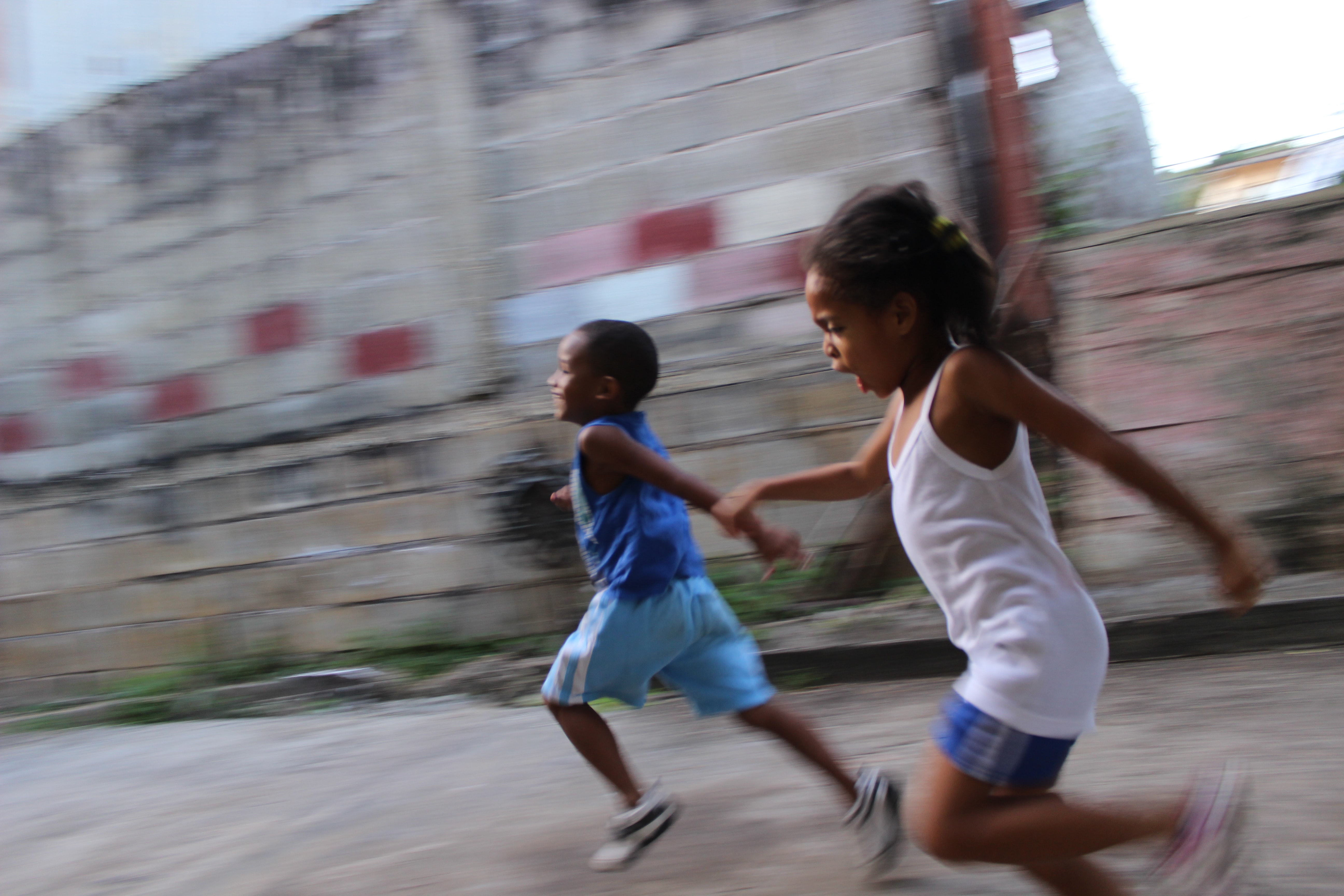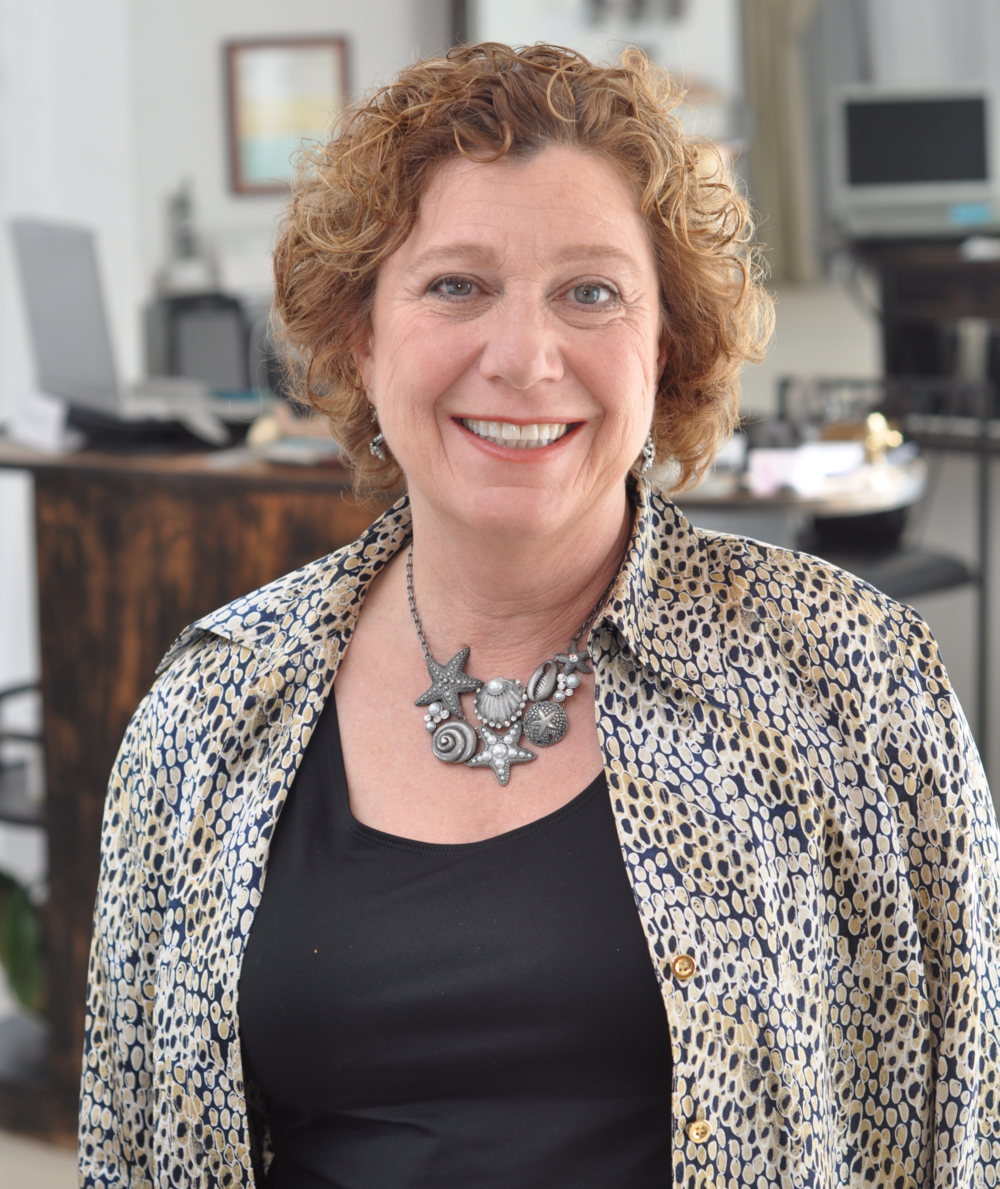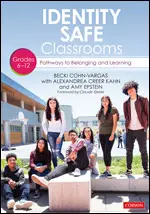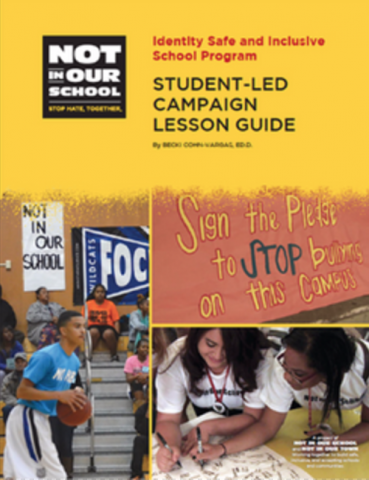 |
|
Photo by Wayne Lee-Sing on Unsplash |
People across the country are mobilizing to address systemic racism in our institutions, communities and schools. The concept of what "safe" means, especially for communities of color presents an urgent challenge. Becki Cohn-Vargas, author, educator and former director of Not In Our School recently completed a new book on Identity Safety.
How can we make every student feel safe when they walk into a school? First, we have to acknowledge racism, and the differences and experience each student brings into a classroom. Becki and her co-authors outline the program in Identity Safe Classrooms 6-12 Places for Belonging and Learning.
 |
| Becki Cohn-Vargas |
Not In Our Town: What does it mean to feel safe at school?
Becki Cohn-Vargas: When people hear the words identity safety, they often think of identity theft. For anyone who has experienced it, identity theft is a miserable experience. Your very identity is compromised when you have to prove you are you. You cannot function as yourself. Now consider what it feels like when a person’s social identity is stolen by negative stereotypes and racist treatment. Or when they are expected to "leave their identity at the door.” When we speak of an identity safe environment, we refer to a place where a person’s social identities are valued and accepted, where they feel welcome and who they are and what they think matters.
To feel safe, a person needs to be able to go about their life without living in fear.
Young people face multiple dangers to their physical safety. In addition, Black youth especially face the fear they will be unfairly targeted or harmed by the police. But, unfair treatment and bias does not only happen on the street, it also happens in schools.
Renowned Education Policy Leader and President of the California Board of Education, Linda Darling Hammond and Janel George, outline the stark nature of the problem in their article, "How Will Each of Us Contribute to Racial Justice and Educational Equity Now?":
“We know that, just as Black people are racially profiled and over-policed in communities, Black children are criminalized and targeted by discriminatory discipline practices in schools that suspend and expel them disproportionately. . . .High rates of school exclusion are not due to worse behavior, but because of harsher treatment for minor offenses, such as tardiness, talking in class, or even wearing natural hairstyles.”
A child needs to be able to gain an education without being sent out of class, punished, and suspended based on biases of their teachers. In America, in 2020, Black students especially, as well as many Latinx, immigrant, LGBTQ youth do not have that sense of safety. What can we do to change this pattern? We can begin with a commitment to identity safety.
 |
As we think about "safety" at school, please outline the core concepts of identity safety for all students.
In a school, identity safe practices are centered on working toward equal status and climate of acceptance and belonging for students of all backgrounds. Research on identity safe teaching has shown that all students in identity safe classrooms do better academically, like school more, and feel more identity safe (D.M. Steele & Cohn-Vargas, 2013). It also demonstrated that identity safety makes a particular difference for students of color and others in marginalized groups. The following Guiding Principles are based on the research findings:
1. Colorblind teaching that ignores differences is a barrier to inclusion in the classroom.
2. Creating a sense of belonging and acceptance requires building positive relationships between teacher and students and among students with equal status for different social identities.
3. Cultivating diversity as a resource for learning and expressing high expectations for students promotes learning, competence, and achievement.
4. Educators examine their own social identities to feel a sense of identity safety and convey that feeling to students, creating an identity safe environment for them.
5. Social and emotional safety is created by supporting students in defining their identities, refuting negative stereotypes, countering stereotype threat, giving them a voice in the classroom while using SEL strategies.
6. Student learning is enhanced in diverse classrooms by teaching for understanding, creating opportunities for shared inquiry and dialogue, and offering a challenging, rigorous curriculum.
7. Leadership: Identity safety flourishes for everyone in schools where the climate, the structures, practices and attitudes prioritize equity, inclusion and academic growth for students from all backgrounds. Leaders demonstrate emotional intelligence, attend to student needs, address racism, bias, and privilege, and serve as the architects of ongoing change.
How can advancing identity safety in a school environment advance the goals of equity in schools? How can identity safety help us understand and address systemic racism?
Identity safe educators begin by checking their attitudes and beliefs about race and how their students learn. They also ask hard questions about how white supremacy plays out and is perpetuated through tracking of students, over-representation of students of color in special education, and the higher rate of suspensions and expulsions of Black and Brown students starting in preschool and on through high school. They work to examine the entire system to build a culture of identity safety. This involves looking at all practices and policies, structures, to identify any racism and bias that make for an unlevel playing field.
Identity safe educators work to ensure that schools are truly using diversity as a resource for learning. They understand that colorblind practices that ignore differences actually serve to maintain inequalities. They work to debunk stereotypes, and teach students to speak up when they witness bullying and bias.
Identity safe leaders make an effort to hire a diverse staff that reflects the student body. They use an anti-racist curriculum and counternarratives that debunk many of the dominant tropes that maintain stereotypes and myths about communities of color. They work to include and give voice to students and families from many backgrounds. They gather evidence and data to monitor their efforts and do course corrections along the way.
What are the most formidable obstacles you have encountered as you introduce identity safe practices in schools?
All the efforts described above are not a quick fix or taught in a one-time workshop. They require a sustained effort and a commitment to keep the work of creating an identity safe environment a priority and part of the fabric of the school.
The biggest obstacle we have seen is when schools do not take sufficient time to deeply examine these issues and apply them. The common practice of greeting students to welcome them at the school door creates identity safety and belonging for students, but can be undermined if the teacher does not work to correctly pronounce a student’s name. Activities that promote belonging are great, but if the teacher is routinely giving referrals to Black boys for “defiance” and when they do not actively work to build relationships and understand them, then identity safety is undermined. If students freely say “that’s so gay” without being stopped and taught why it is hurtful that classroom is not identity safe.
We all make mistakes, but if we take accountability, ask hard questions, gather data and monitor changes as we do sustained work, these obstacles can be overcome.
How can educators create an environment where students help lead in building an identity safe school environment?
“Listening to student voices” is one of the key components of identity safety. Educators can create many opportunities for students of all ages to play a leading role in creating an identity safe school environment. Students can learn about their own identities, share with others, and practice speaking up. Student leaders can work together to lead schoolwide activities, campaigns, and assemblies that foster the values and principles of identity safety. Older students can participate in schoolwide decisions through surveys and participation in strategic planning committees. Peers love to learn from one another.
Learn more and find out how to purchase the book:
 |
Identity Safe Classrooms |
Learn More
All Students Need an Anti-Racism Education, Teaching Tolerance
Implement Identity Safety in your School
Not In Our Town Program: Identity Safe and Inclusive School Program
Start Here:
Special Offer: Help your students build an Action Campaign.
Download version $39
Use Not In Our School Films to Create Online Discussions Among Students.

|
|
|
NIOS Student-Led Campaign Guide This guide provides instructions for planning and implementing a student-led campaign to prevent bullying and promote acceptance and inclusion. The guide comes with a step-by-step instructions for seven sessions and additional tools to help students identify issues at their site and to design and implementing their school NIOS campaign. It also includes additional planning tools and two films. |
|
|
NIOS Student-Led Campaign Guide: Downloaded Version | $39
Delivery: Please allow 1-3 business days to receive your link and password to download your purchase or to have the hard copy sent to you
